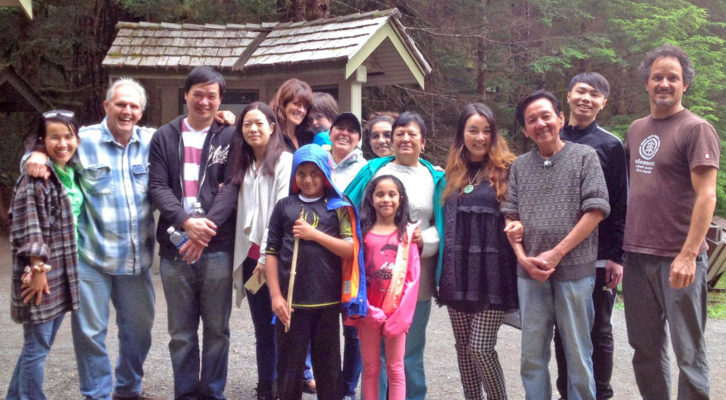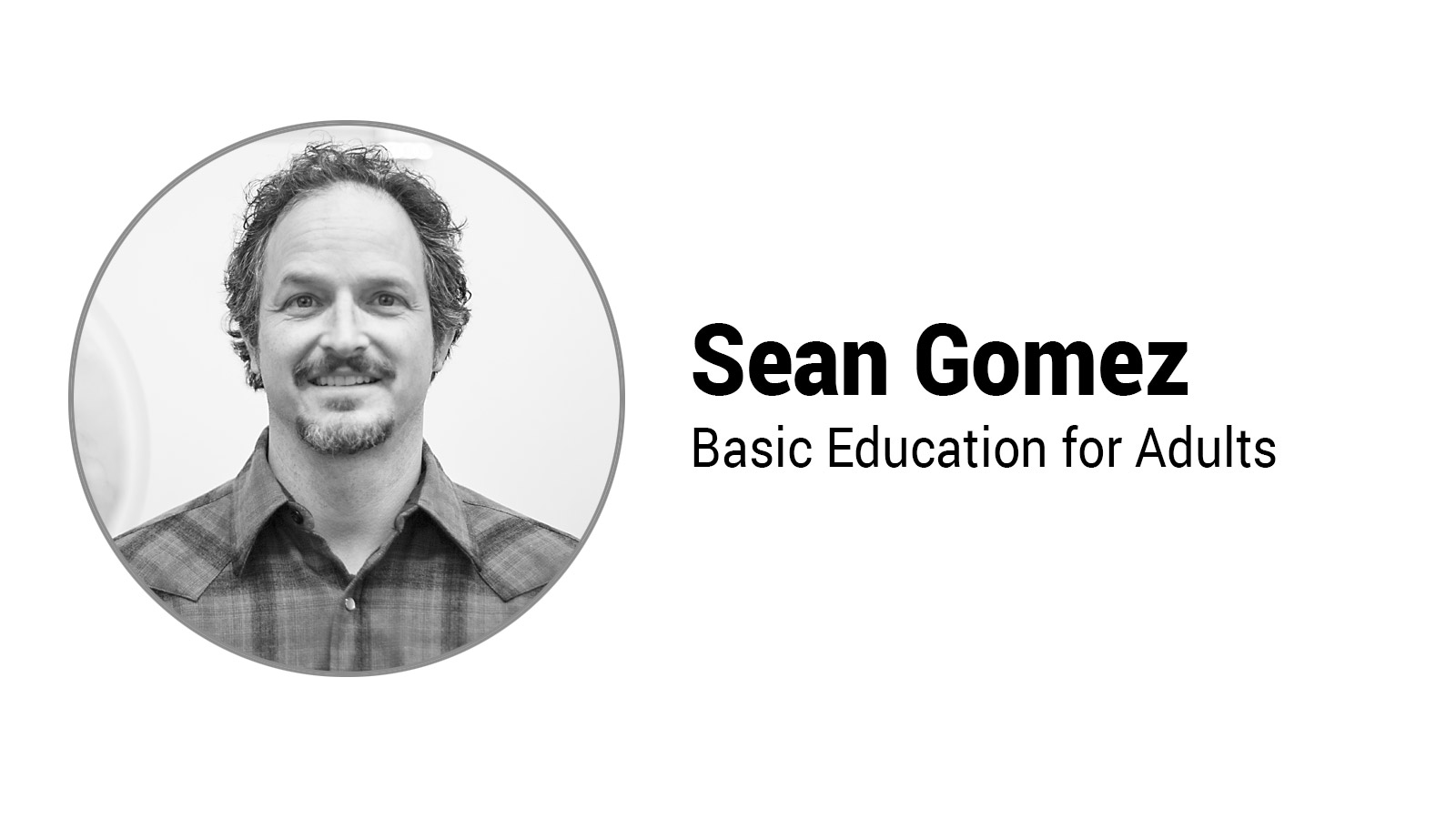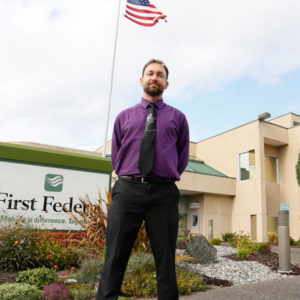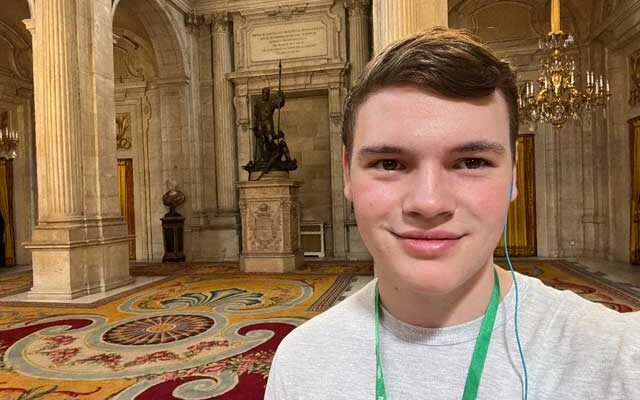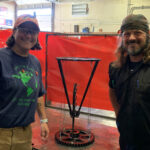Our ESL classroom for immigrants at Peninsula College is a one-room schoolhouse. This is the K-12 equivalent of having kindergarten through eighth grade together in the same room with one teacher. Remember, kindergarteners often don’t know the alphabet well and haven’t learned to read or write, while eighth graders should be learning how to write essays. One way to manage a class like this is to put students in leveled groups: grades K-2, 3-5 and 6-8 in three separate groups. I do this some, but the problem becomes that beginner students never get a chance to work with the other levels, and vice versa. You might find at the end of a quarter that they don’t even know each other’s names.
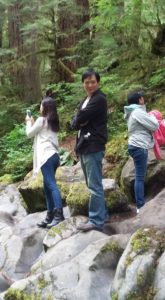
Fieldtrip to the Sol Duc River.
One way to solve this and create a better sense of community is through Project-Based Learning (PBL), in which students work in multi-level groups to design, carry out and present a project. At the beginning of the quarter, I provide the class with a long list of project ideas and ask them to vote on ones they would like to do, or come up with their own. Examples are organizing a field trip, creating a guide for immigrants to Port Angeles, reviewing restaurants, planting a community garden, designing your dream home, etc.
PBL has many benefits: it fosters collaboration between different skill levels and language groups, creates authentic projects that have a purpose in the real world, and creates a more student centered classroom by putting them in charge of what they will do and how they will do it (not easy for students coming from authoritarian, top-down societies).
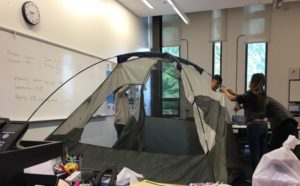
Setting up the tent
The first project that they chose in Spring Quarter 2016 was to organize a field trip to the Sol Duc campground and hot springs. Most of these students had never been camping and had never been to the Sol Duc. Native speakers take something like this for granted – they can plan it in a few hours – but think about doing it in a foreign language. There are so many interactions, negotiations, strategies, and calculations involved, that it is a tremendous amount of work, and an excellent opportunity for students to learn vocabulary, practice speaking and listening, and learn about American culture, customs and geography. From figuring out how many people, cars and tents can fit in one campsite, to planning group meals, to organizing transportation, this was a project that took several weeks to execute. There is no way a language student could get this much practice and learning from a text book, and instead of taking a paper test, they were able to assess their own progress by how well the camping trip turned out. In the end, it was a successful trip, and since several of my students were experienced professional chefs, the food was fabulous. For their first time in their lives many students saw the waterfall at the Sol Duc, slept on an air mattress in a tent, and soaked in the hot sulfur springs.
About the Author
 Sean Sebastian Gomez has been teaching ESL for 18 years and the journey has taken him to California, Massachusetts, Arizona, Costa Rica, Turkey and Mexico. He loves exploring the outdoors on the North Olympic Peninsula. You can usually find him with his wife and son surfing, skiing, biking, hiking, skateboarding or fishing.
Sean Sebastian Gomez has been teaching ESL for 18 years and the journey has taken him to California, Massachusetts, Arizona, Costa Rica, Turkey and Mexico. He loves exploring the outdoors on the North Olympic Peninsula. You can usually find him with his wife and son surfing, skiing, biking, hiking, skateboarding or fishing.

